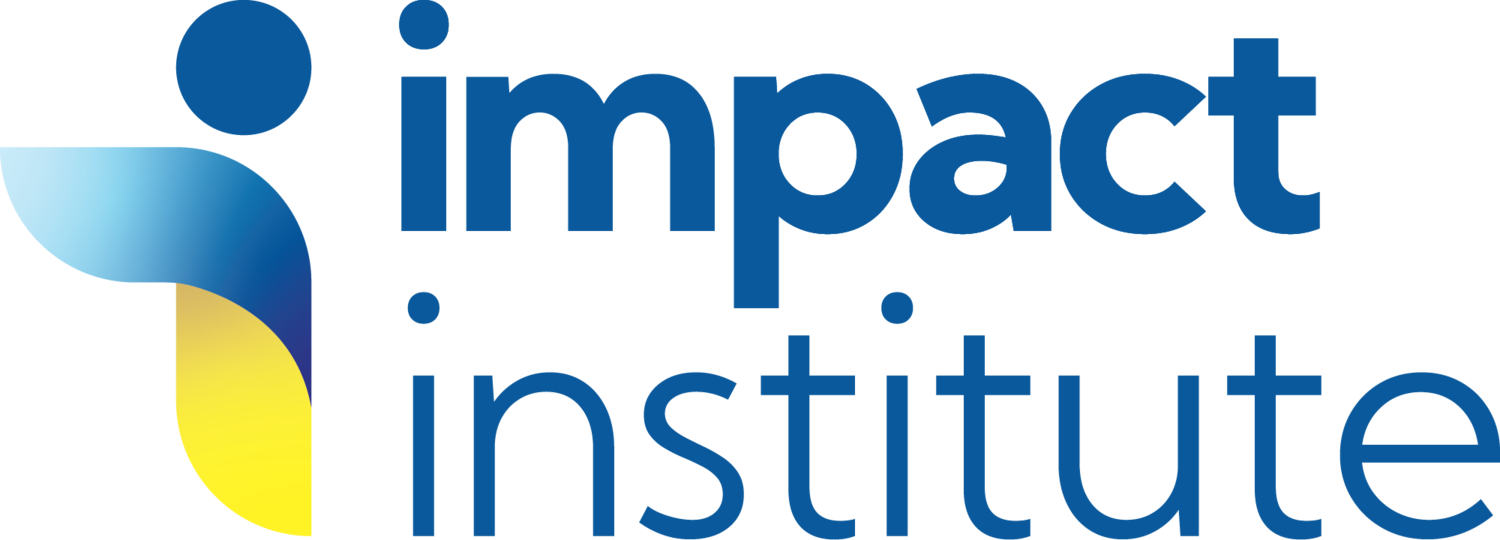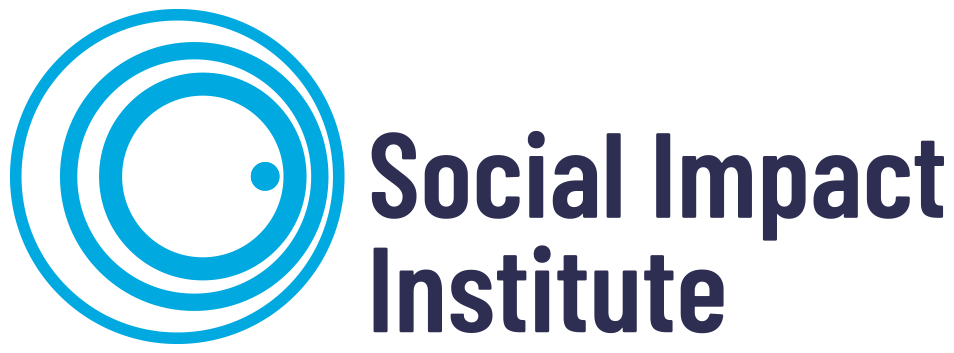How Impact Frameworks Can Deliver Value
Social Impact: A New Story
Measuring, reporting and communicating social impact is an increasing expectation of social sector organisations. Funders, donors, service delivery teams, executives and clients of services and their families and carers value social impact reporting for its ability to:
- validate and improve program and service models
- identify new and innovative ways of meeting client needs
- confirm value for investment in programs and services
- ensure program beneficiaries experience programs that make a real and lasting difference to their lives
- tell a new and compelling story to influence increased engagement and support
An understanding of the value of an impact measurement and reporting led Arthritis NSW to partner with Social Impact Institute to design an impact framework to better understand the long-term sustained change experienced by children who attend their camps program.
The Story of Arthritis NSW
Arthritis NSW has been running camps for children with juvenile idiopathic arthritis (JIA) for about 25 years. However, donations towards them have declined in recent years.
Arthritis NSW engaged Social Impact Institute to help the group evaluate the camps, find out the impact on children’s lives, and whether it was worth continuing to run them.
The annual residential camps have the goal of helping children and young people with JIA join in fun and educational activities, in a safe and supportive environment, without fear of being different.
Some children attend a camp each year, others attend just one or two. Until now, Arthritis NSW hasn’t done any follow-up on the kids who had attended the camps, so they wanted to assess the camps’ effectiveness over time.
Developing a Baseline
“We wanted to get a set of tools that we could use to measure the impact of the camps on the children as they progressed through their lives,” said Sandra Vincent, CEO, Arthritis and Osteoporosis NSW.
“The survey would also give us valuable information that we could share with our donors,” she said.
As part of the impact framework, Social Impact Institute consultants set up a baseline survey to find out how the camps were performing. Then, they used that information to help develop ongoing assessments that would give a long-term view of the effect of the camps. Comparatively, children who don’t attend camps could also be surveyed.
“We’ve surveyed children with JIA who have attended consecutive camps, and we surveyed children who have attended one or two camps,” Sandra said. To further this study, Arthritis NSW hope to work with the Westmead Children’s Hospital to survey children with JIA who haven’t attended any camps.
There’s an estimated 3,000 children living with JIA in NSW and the camps offer places to just 45 children each year, Sandra said. “Only 1.5% of children living with JIA in the state can currently come to these camps.”

Finding out the Good News
Ongoing annual surveys will help Arthritis NSW build up a longitudinal picture of the camps’ benefits over time.
“While attendees have given broad feedback about the camps before, the impact framework helped us collect some solid information about the benefits that children take away from the camp,” Sandra said.
Some of the benefits that were reported included making friends, and having an environment where children can be themselves without question. The camps also offer respite for parents and other children affected by a sibling needing special care.
“We learned that the kids do find the camps beneficial. They find a friend that they can talk to without question,” Sandra said.
Many kids with JIA can’t attend school camps or sleepover parties. Children reported that going away to a camp for a week and doing activities like kayaking lets them return to school and talk about doing things ‘that other normal people do.’ “They don’t have to tell people how much help that they've been given, to do those things,” Sandra said.
The Impact of Evidence
The impact from this study will help Arthritis NSW reach more people, influence donors, and improve the camps to ensure each camp can significantly impact the lives of the children and their parents. The camps will now offer places to 90 children from all over NSW.
“The story of the camps and the impact they have is good for our fundraising efforts. In the next financial year, we’re doubling the camps, because we’ve now got the evidence to show that they work,” Sandra said.
According to Sandra, team members found it difficult to tell the ‘same old story’ of the camps each year. “Now we’ve got a new story to tell, about the long-term impact this has on children’s lives. We’ve got research to show that they are beneficial,” she said.
Share this page


